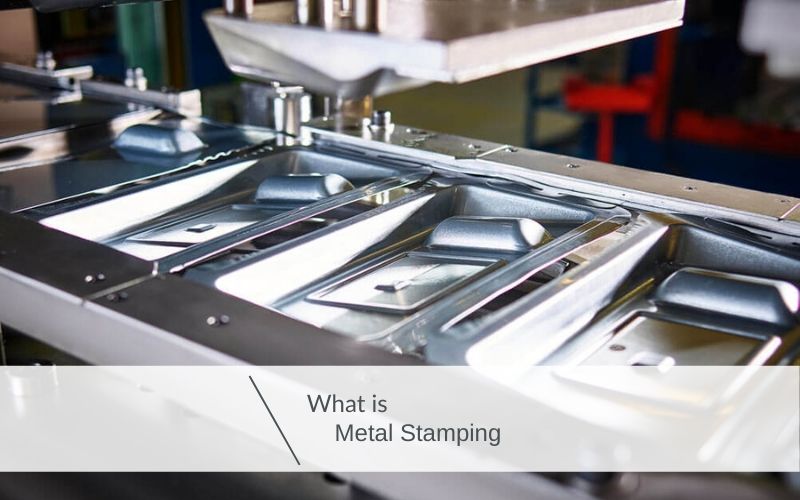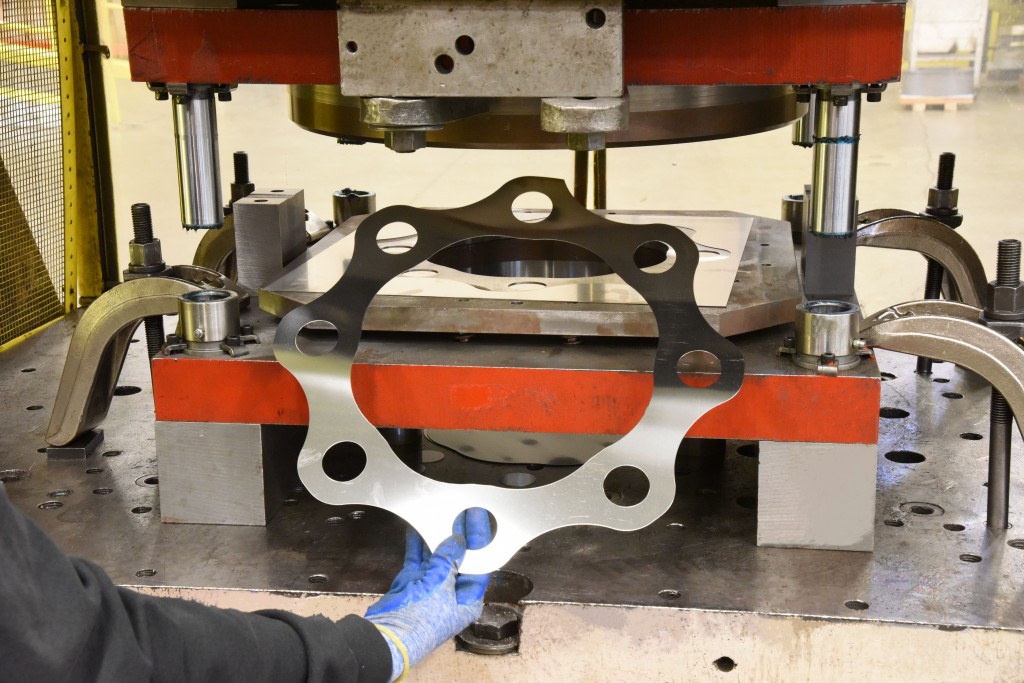Metal Marking Advancements: Elevating Manufacturing Processes for Superior Outcomes
In the world of making processes, metal marking has actually long been a cornerstone method for generating a range of precision elements. Nonetheless, with the relentless march of technological innovation, the landscape of metal stamping is going through a substantial transformation. Innovations in this field are not only boosting the efficiency and quality of manufacturing but are likewise leading the way for new possibilities that were previously past reach. As the sector accepts these innovative advancements, a redefinition of what is possible in manufacturing is underway, promising exceptional results and establishing brand-new criteria for excellence in the area.
Development of Steel Stamping Methods

In addition, improvements in material science have actually caused the advancement of high-strength alloys that can now be effortlessly marked right into elaborate forms, dealing with a more comprehensive series of industrial applications. The integration of robotics and expert system has further maximized the stamping procedure by boosting speed and precision while lowering the threat of human error.

Influence of Advanced Materials
Have advanced materials changed metal marking processes dramatically in the manufacturing sector? By utilizing products such as high-strength alloys, advanced compounds, and innovative layers, steel stamping processes can now produce components that are lighter, stronger, and extra durable than ever previously.
These sophisticated materials supply premium mechanical residential or commercial properties, rust resistance, and thermal stability, allowing makers to meet the demands of contemporary markets such as aerospace, auto, and electronics. In addition, making use of innovative materials in steel marking has promoted the production of complex geometries and intricate layouts that were previously unattainable through traditional techniques.
Moreover, the execution of innovative products has actually caused minimized product waste, reduced production expenses, and shorter lead times, making steel stamping processes more sustainable and economical. As technology continues to advancement, the impact of advanced products on metal marking processes is expected to drive more technology and boost the competition of suppliers in the worldwide market.
Automation in Metal Stamping
The development of metal marking procedures driven by the combination of advanced products has actually established the stage for significant improvements in automation within the manufacturing industry. Automation in metal stamping has changed manufacturing processes, enhancing performance, precision, and overall result top quality. With the utilization of robotics, sensing units, and computer-controlled systems, tasks that were when hands-on and time-consuming can currently be performed with unrivaled speed and precision.
Automation in metal marking not only increases production rates yet also ensures consistency in the production procedure. By decreasing human intervention, the threat of errors is significantly lowered, resulting in greater degrees of product harmony and reliability. Furthermore, automation enables makers to take on complicated stamping jobs that would be difficult or Home Page not practical to accomplish by hand.
Moreover, automation in steel stamping adds to a safer working atmosphere by reducing the requirement for staff members to participate in repetitive or harmful tasks - Metal Stamping. This change in the direction of automation not just enhances efficiency but additionally leads the way for the future of manufacturing, where innovation plays a central role in driving operational excellence
Quality Assurance and Inspection Systems
With a focus on precision and dependability, quality assurance and examination systems play an important Extra resources duty in guaranteeing product excellence in steel stamping procedures. These systems are designed to monitor every stage of production, from material evaluation to the final product, to ensure that all components satisfy the needed criteria. By applying sophisticated innovations such as optical evaluation systems, coordinate determining devices (CMM), and automated evaluating devices, manufacturers can discover even the smallest deviations in dimensions, surface area high quality, and total integrity of stamped components.

Sustainability Practices in Steel Stamping
Structure upon the foundation of precision and reliability developed via quality assurance and inspection systems, the assimilation of lasting methods in metal marking procedures is significantly coming to be a focal factor for makers seeking to reduce environmental influence and enhance resource use. Sustainability methods in metal stamping check it out encompass a series of campaigns targeted at decreasing waste generation, power intake, and greenhouse gas discharges throughout the manufacturing procedure.
One key aspect of sustainability in steel stamping is the fostering of eco-friendly products and modern technologies that promote recyclability and waste reduction. By utilizing recycled products and applying energy-efficient equipment, producers can decrease their carbon impact and add to a more sustainable production cycle. Furthermore, enhancing manufacturing processes to decrease material waste and power usage not only benefits the environment but additionally leads to cost financial savings for organizations in the future.
Moreover, the application of lasting methods in steel marking can enhance brand online reputation and attract ecologically mindful consumers. As sustainability remains to obtain value in the manufacturing market, integrating environment-friendly initiatives into steel stamping procedures is vital for long-term success and competitiveness in the marketplace.
Final Thought
In verdict, steel stamping methods have actually considerably advanced over time, integrating innovative materials and automation to enhance making processes. Quality assurance and inspection systems play a vital duty in making sure superior results, while sustainability methods are significantly being implemented to decrease environmental effect. These advancements in steel marking have actually revolutionized the market, resulting in a lot more reliable and sustainable production techniques for different sectors.
Metal marking, when a guidebook and labor-intensive process, has changed into a highly automated and sophisticated approach of shaping steel sheets right into different types and designs.Have advanced materials changed steel marking processes substantially in the production market? By utilizing products such as high-strength alloys, advanced composites, and innovative coverings, metal marking procedures can now produce parts that are lighter, more powerful, and a lot more resilient than ever before.
The evolution of steel marking processes driven by the integration of innovative products has set the phase for considerable improvements in automation within the production market.In conclusion, metal marking methods have significantly advanced over time, including sophisticated materials and automation to improve making procedures.